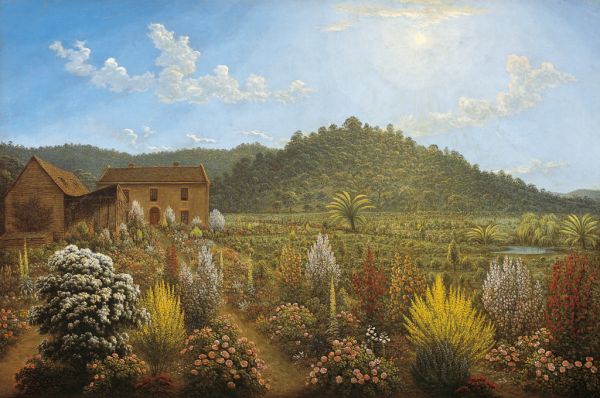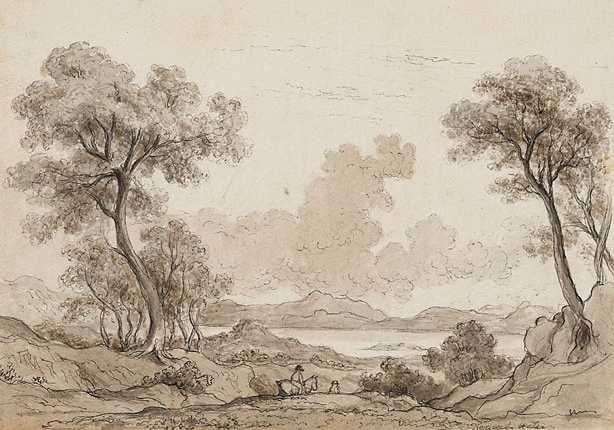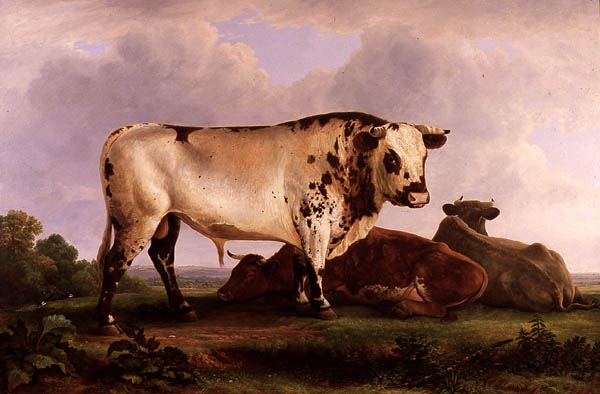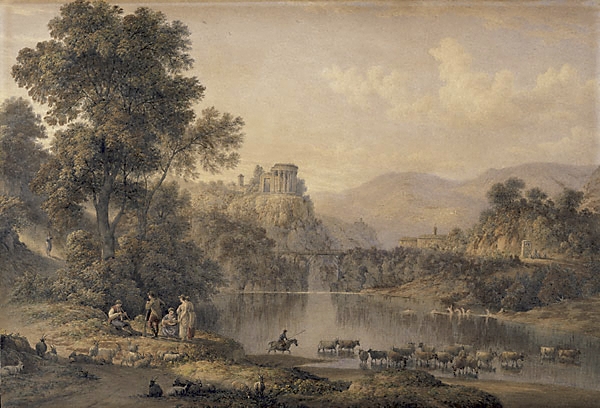John Glover (1767 – 1849)
Get a Glover Certificate of Authenticity for your painting (COA) for your Glover drawing.
For all your Glover artworks you need a Certificate of Authenticity (COA) in order to sell, to insure or to donate for a tax deduction.
Getting a Glover Certificate of Authenticity (COA) is easy. Just send us photos and dimensions and tell us what you know about the origin or history of your Glover painting or drawing.
If you want to sell your Glover painting or drawing use our selling services. We offer Glover selling help, selling advice, private treaty sales and full brokerage.
We have been authenticating Glover and issuing certificates of authenticity since 2002. We are recognized Glover experts and Glover certified appraisers. We issue COAs and appraisals for all Glover artworks.
Our Glover paintings and drawings authentications are accepted and respected worldwide.
Each COA is backed by in-depth research and analysis authentication reports.
The Glover certificates of authenticity we issue are based on solid, reliable and fully referenced art investigations, authentication research, analytical work and forensic studies.
We are available to examine your Glover painting or drawing anywhere in the world.
You will generally receive your certificates of authenticity and authentication report within two weeks. Some complicated cases with difficult to research Glover paintings or drawings take longer.
Our clients include Glover collectors, investors, tax authorities, insurance adjusters, appraisers, valuers, auctioneers, Federal agencies and many law firms.
We perform John Glover art authentication, appraisal, certificates of authenticity (COA), analysis, research, scientific tests, full art authentications. We will help you sell your John Glover or we will sell it for you.

John Glover was an English/Australian artist in what is known as the early colonial period of Australian art. In Australia he has been dubbed the father of Australian landscape painting. Glover was born at Houghton-on-Hill in Leicestershire, England. His parents were farmer William Glover and Ann (nee Bright). He showed a talent for drawing at an early age, and in 1794 was practicing as an artist and drawing-master at Lichfield. removed to London in 1805, became a member of the Old Water Color Society, and was elected its president in 1807. In the ensuing years he exhibited a large number of pictures at the exhibitions of this society, and also at the Royal Academy and the Society of British Artists. He had one-man shows in London in 1823 and 1824. He was a very successful artist and, although never elected a member of the Academy, his reputation stood very high with the public.

Glover achieved fame as a painter of “Italianate” romantic landscapes of Britain (including The falls of Foyers on Loch Ness, the Lake District and London) and Southern Europe. He became known in both England and France as the English Claude. This phrase was making comparison with Glover and the French seventeenth century artist Claude Lorrain, whose works collected by eighteenth century English “grand tourists”, strongly influenced the evolution of the English style, in both painting and the layout of landscape gardens.

Glover arrived in Van Diemen’s Land (now Tasmania), Australia on his 64th birthday in 1831, two decades before the goldrush of the 1850s. He brought with him a strong reputation as a landscape painter. He acquired one of the largest grants of land in Van Diemen’s Land at the time at Mills Plains, Deddington. He named his new property Patterdale after Blowick Farm, a property near Patterdale, at the foot of Ullswater in the English Lake District, which he’d once owned.

Glover is best known now for his paintings of the Tasmanian landscape. He gave a fresh treatment to the effects of the Australian sunlight on the native bushland by depicting it bright and clear, a definite departure from the darker “English country garden” paradigm. His treatment of the local flora was also new because it was a more accurate depiction of the Australian trees and scrubland. Glover noted the “remarkable peculiarity of the trees” in Australia and observed that “however numerous, they rarely prevent your tracing through them the whole distant country”.John Glovers most famous work was painted on his 79th Birthday.

The John Glover Society was established to honor and promote Glover’s memory and his contribution to Australian art, and awards the Glover Prize in an annual Tasmanian art competition. The prize is for a landscape painting of Tasmania and aims to reward the innovation and ‘outward-looking’ depiction that was characteristic of Glover’s own work. The Society also erected a statue of Glover in the village of Evandale, a town close to his original farm of Patterdale. John Glover’s work features in many prominent art galleries throughout Australia (and the world). His work has been the subject of numerous exhibitions and a symposium in Australia.

Still wondering about a British painting in your family collection? Contact us…it could be by John Glover.
Reviews
1,217 global ratings
5 Star
4 Star
3 Star
2 Star
1 Star
Your evaluation is very important to us. Thank you.
